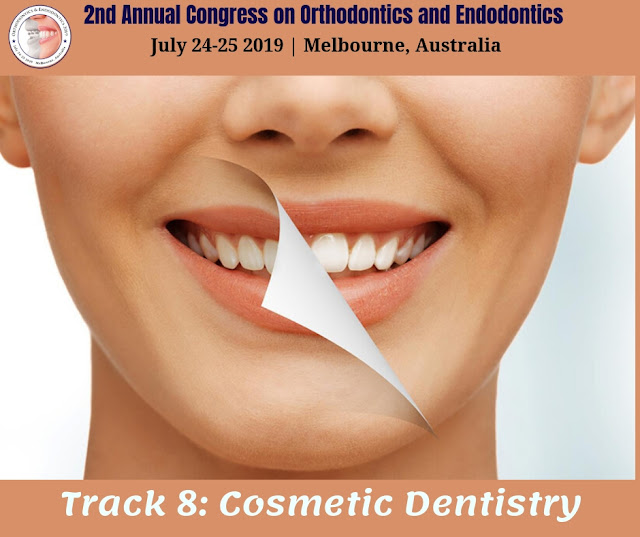Track 6: Laser in Dentistry
What is laser dentistry? If you’ve never heard of this innovative type of dental care, now is the time to learn. Laser dentistry is a minimally invasive option when you’re facing gum surgery, cavity treatment, or other oral issues.
Medical professionals use lasers, which are extremely focused light beams, to alter or remove tissue in small amounts. Laser surgery is not limited to dentistry, but many people have never heard of laser dentistry before having it done. Dentists use lasers in a variety of procedures involving the inside of the mouth, be it to remove overgrown tissue, to reshape the gums, or to whiten teeth. Sometimes, laser dentistry is ideal for children who become anxious or afraid when having dental work done.

What Laser Dentistry Can Treat:
Most issues laser dentistry treats are related to gums. Some of these include:- Canker sore and cold sore pain treatments.
- Treating root canal infections.
- Treating gum disease.
- Removing gum inflammation.
- Gum reshaping.
- Biopsies.
- Exposing wisdom teeth.
- Removing a benign oral tumor.
Types of Lasers Used in Dentistry:
The two main types of lasers dentists use during laser procedures are hard tissue and soft tissue lasers. Each laser uses a different wavelength that makes it appropriate for cutting into that specific type of tissue. This works because each kind of tissue absorbs wavelengths of light in different ways. By altering the light’s wavelength (and sometimes pulse) scientists have figured out how to craft lasers with light wavelengths compatible with the tissues in your mouth.
Hard Tissue Lasers:
A hard tissue laser is used primarily for your teeth. The wavelength of one of these lasers cuts through both water and bone, specifically the calcium phosphate that’s in your bones and your teeth. These lasers can very accurately cut into your teeth, removing small amounts for shaping purposes or in preparation for procedures. Hard tissue lasers are used for:
- Detecting cavities.
- Dealing with tooth sensitivity
- Preparing teeth for dental fillings
The soft tissue lasers use a light wavelength that hemoglobin and water absorb easily. Hemoglobin is the molecule found in blood, which makes soft tissue lasers ideal for gum work. Some soft tissue lasers are diode lasers, which is a type of continuous-wave laser.
These lasers are ideal for cutting into soft tissue and sealing the exposed blood vessels at the same time. This is the reason you don’t bleed very much during laser dentistry and why healing is quicker after laser dentistry. Soft tissue lasers are great for cosmetic procedures because you can begin to see results right away. Soft tissue lasers are used for
- Lengthening crowns
- Dealing with restricted tongue movement
- Reshaping the gums to create a more pleasing smile
- Removing folds in oral soft tissues caused by dentures
To know about the current advancements in the field of Laser Dentistry Join us in Melbourne, Australia for the upcoming 2nd Annual Congress on Orthodontics and Endodontics to be held from July 24-25 2019
Submit Your Abstract Register Now


My friend was also discussing about painless laser treatment of dental issues. Was surprised and also asked mom to visit dentist Torrance for her wisdom tooth removal due to immense pain sometimes. Made an appointment for next week. Will accompany her and hope she is satisfied with the procedure and most importantly the prices.
ReplyDeleteLaser dentistry surgery allows the dentist to access under the gum and remove tartar and plaque reducing this bacterial stronghold.
ReplyDelete